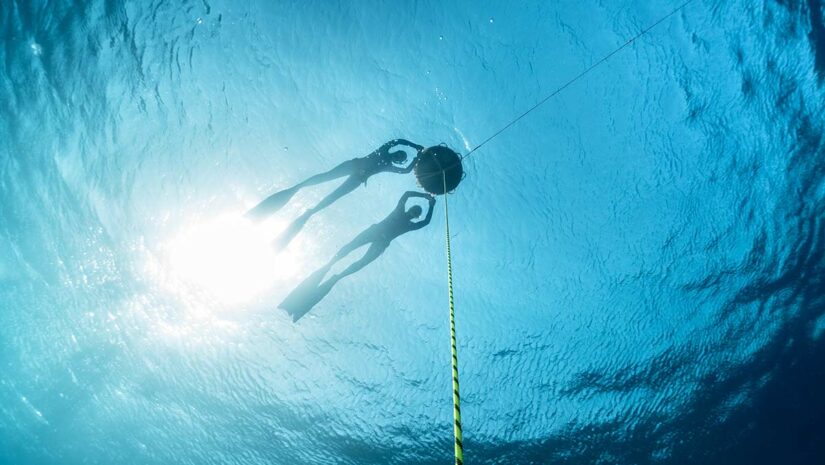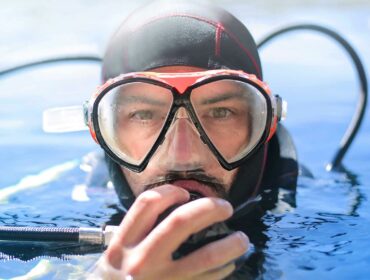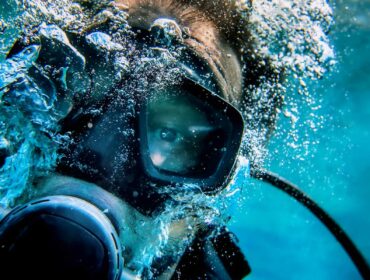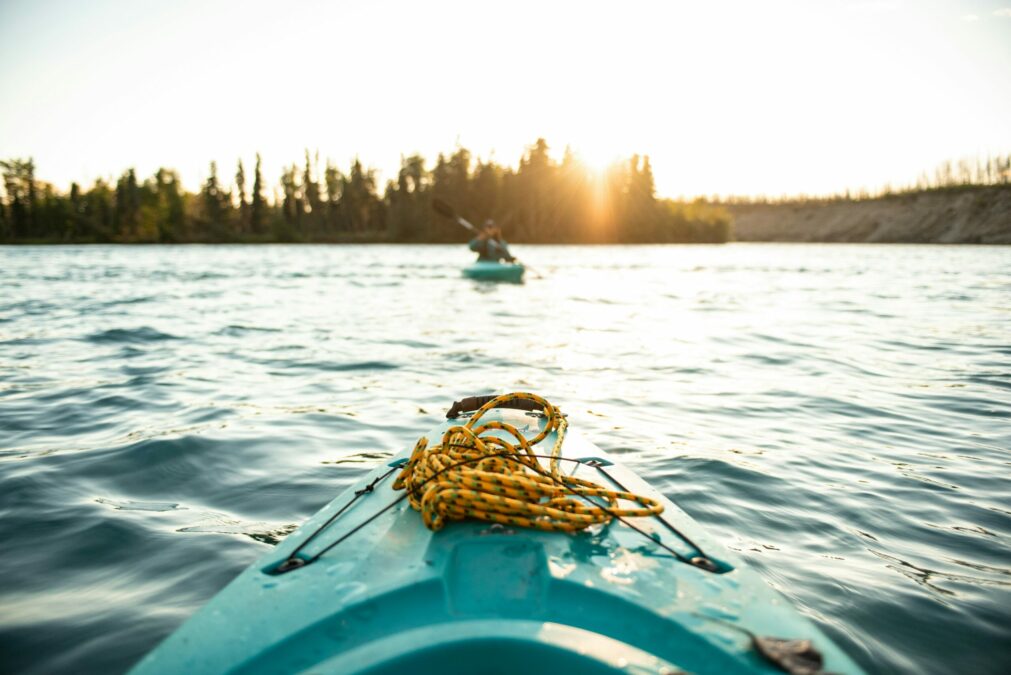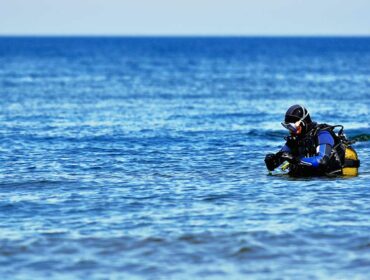Experiencing a nosebleed while scuba diving isn’t uncommon and even though the sight of blood in your dive mask looks terrifying, a nosebleed isn’t a severe problem as long as it isn’t persistent. Nose bleeds are witnessed more often with newer divers than with experienced divers simply because of the way a new diver equalizes/ performs valsalva as he descends. You will probably yourself have had your first scuba nosebleed during your initial scuba lessons and will remember how disturbing it was.
Scuba Diving nosebleeds can be categorized under two causes the first being delayed equalization the cause affecting the novice diver more often. This is when a scuba diver is often so overwhelmed at the start of the dive that he/she forgets to equalize regularly during a descent trying to keep-up with the group, that at 5-6 meters (16-19ft) they suddenly realize that they haven’t equalized and to compensate at that depth need to over-equalize or blow harder into their noses to try and compensate. At 7 meters (22ft) if a diver has not equalized their ears, they will need to ascend in order to do so. However the novice diver often not does want to leave the group, will force equalization often rupturing the delicate inner lining and capillaries of the nose septum and sinus, causing the nosebleed. Divers must equalize little and often as they go down, and if they reach a depth where they have forgotten to equalize, it is better to ascend a few meters than try to force an equalization at depth.
The Second cause of scuba diving nosebleeds is due to what is known as a “sinus squeeze”, caused by a cold/mucous filled sinus. Your sinuses are air-filled cavities that join onto the nasal passages, and if they are filled with mucous or congestion a sinus squeeze occurs. As the pressure increases, sinus cavities unable to equalize to the outside pressure, the blood vessels to swell up and rupture causing a nose bleed.
In the same manner a nose bleed that occurs during ascent is known as a reverse sinus squeeze, caused when the sinus is at a higher pressure than the outside, and unable to equalize fast enough due to the congestion, it causes the sinus blood vessels to be sucked outward in the form of a nose bleed on ascent. The reverse sinus squeeze can be minimized by slowing your ascent if you suffer from a minor cold or stuffy nose.
The best method of prevention of a nosebleed is to avoid diving altogether when you have a cold. Knowing when you are fit to dive is vital to diver safety. If while descent you feel a pain in your forehead or sinuses, call off the dive and surface. Try blowing your nose gently underwater to see if that helps decongest the sinus, if not ascend.
If your nosebleed is minor, leave it alone, lightly pinch your nose and tilt your head back, and it will heal automatically in 15minutes or so. Excessive nosebleeds require a doctor’s examination, as often the blood inside the sinus can get infected by bacteria and cause sinus infections other complications so you might need to get it checked out by an ear-nose-and-throat specialist for evaluation. If you have recurring nosebleeds every dive, you probably have a congested sinus, and will need to take care of it before diving again.
Always remember to descend slowly equalizing gently and frequently, and ascend slowly to allow sinus equalization to take place naturally, and you should have a blood free mask when you surface.

